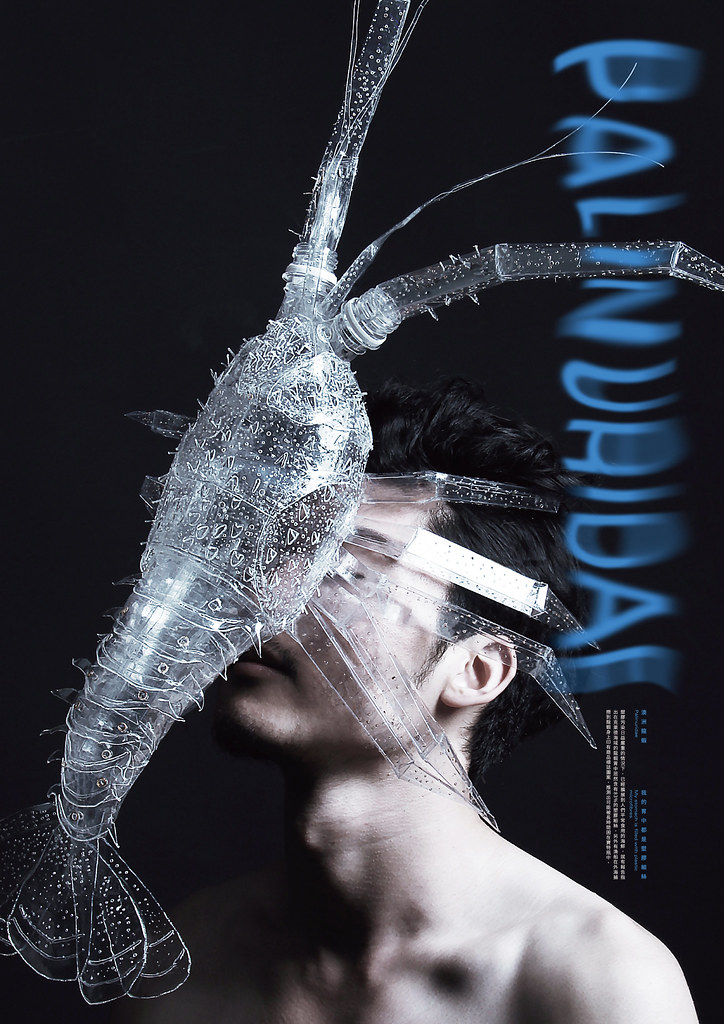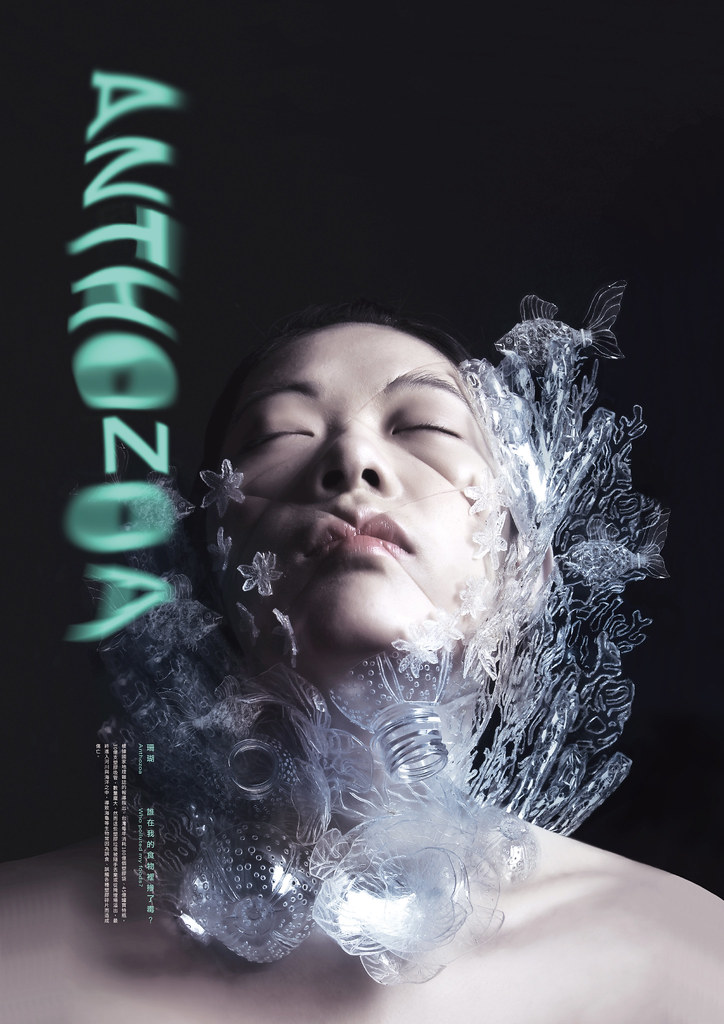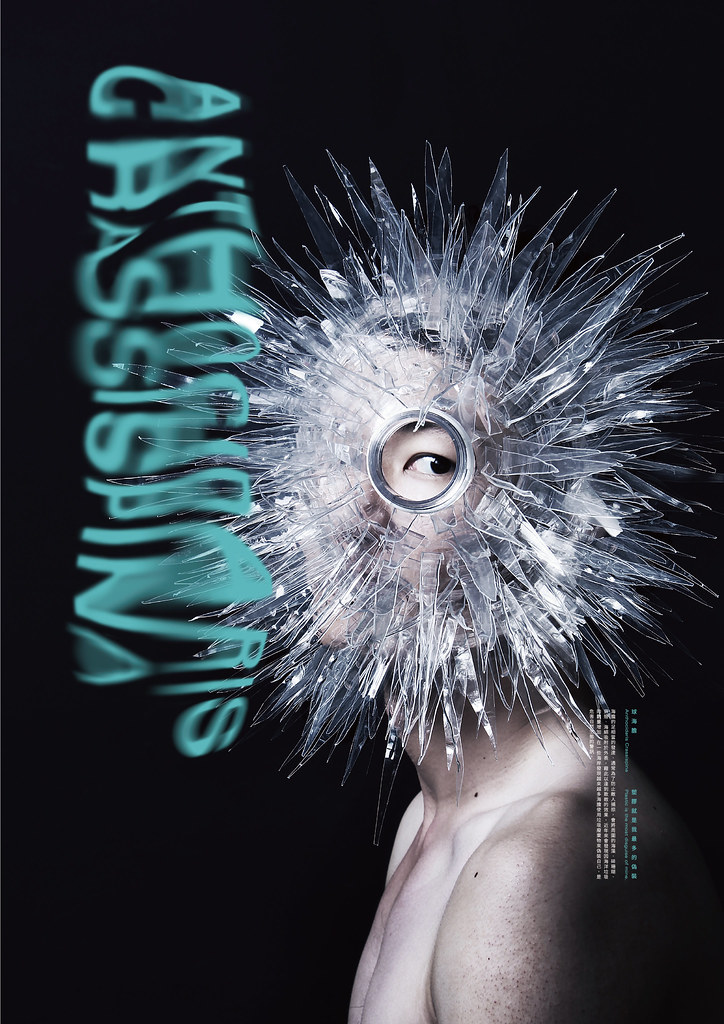TAIPEI, Taiwan, June 14, 2018 (TEIA)– The 37th Young Designers' Exhibition (YODEX) was unveiled May 25th at Taipei World Trade Center. Over 3,000 pieces of collaborative work were crafted by over 10,000 student participants. More than just to showcasing the designers' creativity, many reflected the designers' own stances on environmental issues - and even proposed solutions.
This year's YODEX took place from May 25th to 28th, attracting 10,114 designers from 137 departments at 64 colleges. 3,599 works are being exhibited, ranging from product design, graphic design, visual communication design, packaging design, public interest, interior design, fashion design, game design, to multimedia design.

Under the Industrial Development Bureau, Ministry of Economic Affairs' industry-university cooperative research projects, many pieces tended to be market-oriented design and anticipate mass production. However; some designers seized the opportunity to show their stances on societal issues before pursuing their professional career upon graduation. Many of these designers opted for voicing concerns about or offering solutions to the issues of environmental protection and species conservation.
Southern Taiwan University of Science and Technology (STUST)'s "STYCUM" set out a resolution to reduce seashore styrofoam pollution caused by oyster racks in Yuguangdao, Tainan. By installing wind-powered devices to intercept floating garbage around the oyster racks, scattered styrofoam scraps from these racks can be gathered more easily. It may not only reduce styrofoam pollution, but also bring oyster farmers new revenues from recycled goods. A STYCUM member, Shen Qian (沈芊), anticipates that the local government will learn about this project - simply because Tainan has the largest number of oyster racks in Taiwan.

A team from Fo Guang University proposed a meticulously designed "drainage-cleaning" device, which prevents garbage and leaves from falling into drain holes and clogging the drainages. It also eases the burden on the cleaning unit.
"Ren Ren Zhi Zuo (人人製作)" from STUST, received an award in the cultural asset category for its potential in preserving traditional craftship, blending design concepts with traditional bamboo weaving techniques and producing bamboo-made sling chairs and cat houses. This team points out the toughness, plasticity, and rapid growth have made bamboo a key material in green construction in recent years. The team further notes the bamboo weaving craftspeople can be found in Hsinchu, Tainan, and Nantou and the team members hope their project help invigorate the local industry.

Similarly, another team selected millet, which is currently only planted in Tainan and Chia and commonly used as broom-making and weaving material. They discovered the strength and toughness of millet enables it to be used as thread, soundproofing material, and weaving stock, etc.
National Taichung University of Science and Technology's "You Zhong (有種)" aims to promote food and agricultural education by exhibiting variable edible plants planted in the form of cup noodles and notepads. Liu Yu-Xuan (劉妤瑄), a team member, explains the cup-noodle form aims to criticize modern fast food consumption, that is, not knowing what is being eaten. The project is keen on reminding people "I know what I eat"; sowing your own food is organic and healthy, plus it also greatly shortens food mileage.
Chou Yun-Zhen (周允蓁), a student from National Taipei University of Education outlined a board game, called Farm and Factory, to highlight the ongoing arable land being polluted by illegal factories in Taiwan. By playing this game, players can rethink the value and future direction of Taiwan's agricultural sector. This board game is currently looking for crowdfunding.
Many pieces of work, produced by students from the National Taiwan University of Arts, look into environmental issues relating to protection of species and plastic garbage.
"Under 1.0" by Wan Xiang-Xing (萬向欣), outlines 12 different hand-painted graphs of wild animals, denoted by region in the form of Snellen charts. Animals on the charts are scaled based on their conservation status indicated in IUCN Red List - the smaller it is, the less attention it gets. This serves to remind people that many species are facing extinction.
"Black Ecology (黑色生態)" utilizes fungal pigments to produce endangered species-themed paintings. As time goes by, the drawing becomes more clear as the cultures develop. The accompanying artist statements explain the causes of declining population for that particular species. A team member, Zhan Su-Ping, gives several examples, from right whales killed by hit-and-run cargo ships, manis and yellow-breasted bunting slaughtered for excessive food consumption, to helmeted hornbills hunted for the lucrative hornbill ivory trade.
"Tie-Up (塑縛)" and "Marine Revolution Ship (海洋革命號)" mark how plastic garbage threatens marine ecology by different approaches. "Tie-Up" finds a use for PET bottles, while "Marine Revolution Ship" makes use of plastic bags gathered from beaches in Taiwan.



"FOOT PRINT" selects 13 of the most common imported and exported goods in Taiwan to visualize carbon footprints in global trade. The team shipped out molded goods wrapped in carbon paper to record collisions that occurred during shipment. The outcomes reveal the enormous yet unseen carbon footprints in the oft-glamorized global trade industry.



